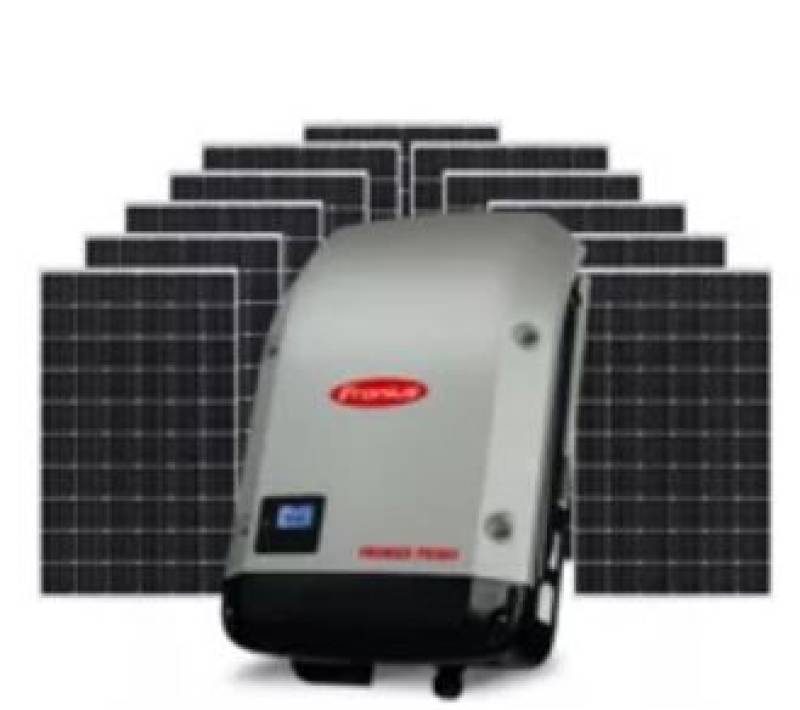- Region
- Águilas
- Alhama de Murcia
- Jumilla
- Lorca
- Los Alcázares
- Mazarrón
- San Javier
-
ALL AREAS & TOWNS
- AREAS
- SOUTH WEST
- MAR MENOR
- MURCIA CITY & CENTRAL
- NORTH & NORTH WEST
- TOWNS
- Abanilla
- Abarán
- Aguilas
- Alamillo
- Alcantarilla
- Aledo
- Alhama de Murcia
- Archena
- Balsicas
- Blanca
- Bolnuevo
- Bullas
- Cañadas del Romero
- Cabo de Palos
- Calasparra
- Camping Bolnuevo
- Campo De Ricote
- Camposol
- Canada De La Lena
- Caravaca de la Cruz
- Cartagena
- Cehegin
- Ceuti
- Cieza
- Condado de Alhama
- Corvera
- Costa Cálida
- Cuevas De Almanzora
- Cuevas de Reyllo
- El Carmoli
- El Mojon
- El Molino (Puerto Lumbreras)
- El Pareton / Cantareros
- El Raso
- El Valle Golf Resort
- Fortuna
- Fuente Alamo
- Hacienda del Alamo Golf Resort
- Hacienda Riquelme Golf Resort
- Isla Plana
- Islas Menores & Mar de Cristal
- Jumilla
- La Azohia
- La Charca
- La Manga Club
- La Manga del Mar Menor
- La Pinilla
- La Puebla
- La Torre
- La Torre Golf Resort
- La Unión
- Las Palas
- Las Ramblas
- Las Ramblas Golf
- Las Torres de Cotillas
- Leiva
- Librilla
- Lo Pagan
- Lo Santiago
- Lorca
- Lorquí
- Los Alcázares
- Los Balcones
- Los Belones
- Los Canovas
- Los Nietos
- Los Perez (Tallante)
- Los Urrutias
- Los Ventorrillos
- Mar De Cristal
- Mar Menor
- Mar Menor Golf Resort
- Mazarrón
- Mazarrón Country Club
- Molina de Segura
- Moratalla
- Mula
- Murcia City
- Murcia Property
- Pareton
- Peraleja Golf Resort
- Perin
- Pilar de la Horadada
- Pinar de Campoverde
- Pinoso
- Playa Honda
- Playa Honda / Playa Paraíso
- Pliego
- Portmán
- Pozo Estrecho
- Puerto de Mazarrón
- Puerto Lumbreras
- Puntas De Calnegre
- Region of Murcia
- Ricote
- Roda Golf Resort
- Roldan
- Roldan and Lo Ferro
- San Javier
- San Pedro del Pinatar
- Santiago de la Ribera
- Sierra Espuña
- Sucina
- Tallante
- Terrazas de la Torre Golf Resort
- Torre Pacheco
- Totana
- What's On Weekly Bulletin
- Yecla


- EDITIONS:
 Spanish News Today
Spanish News Today
 Alicante Today
Alicante Today
 Andalucia Today
Andalucia Today
article_detail
Date Published: 08/05/2025
Why many solar panels stopped working during Spain's blackout
The nationwide power cut revealed an uncomfortable trut, that most solar panel systems cannot function without the grid

On Monday April 28, 2025, Spain experienced a major blackout that left millions of homes and businesses without electricity. What caught some people by surprise was the fact that even buildings equipped with solar panels were plunged into darkness. It sparked widespread confusion, especially among those who believed solar energy would protect them from grid failures.
However, the reasons behind this are largely technical, and are rooted in how most solar installations are designed, say industry experts Ecocorp Solar.
Solar panels and the grid: Why they depend on each other
The majority of residential photovoltaic (PV) systems in Spain are grid-tied. These systems feed electricity into the grid and help reduce household energy bills, but they are not designed to operate independently.
When a blackout occurs, the inverters that manage energy from the panels automatically shut down. This is due to a safety mechanism known as “anti-islanding protection”, which prevents solar power from flowing into a dead grid where workers might be attempting repairs.
So even if solar panels were receiving plenty of sunshine at the time, the system stopped working to avoid risking the safety of technicians and the integrity of the grid.
What about homes with batteries?
Adding a battery to a solar installation is often seen as a step towards energy independence. But unless the system is designed with specific isolation and backup capabilities, it still won’t function during a blackout.
Many battery-equipped systems lack the extra hardware and configuration needed to operate without the grid, largely due to added costs. As a result, when the grid goes down, these systems shut down too.
Only about one third of residential photovoltaic installations in Spain currently include energy storage, meaning that most households with solar panels had no autonomous backup during the blackout.
The limitations of self-consumption
According to the Spanish Photovoltaic Union (UNEF), around 22% of Spanish homeowners have installed or are in the process of installing solar panels. While this figure reflects growing interest in renewable energy, the vast majority of these installations remain grid-dependent.
The reason lies partly in cost and practicality. On-grid systems are cheaper to install, easier to maintain and allow homeowners to offset high electricity bills without needing to go completely independent. But they don’t provide protection against power outages.
 Off-grid systems, on the other hand, are fully isolated from the grid. They typically include solar panels, charge controllers, inverters and batteries, and in some cases, backup diesel generators. These systems can keep homes running during blackouts, but they are typically more expensive and require careful planning to ensure they can meet household energy needs.
Off-grid systems, on the other hand, are fully isolated from the grid. They typically include solar panels, charge controllers, inverters and batteries, and in some cases, backup diesel generators. These systems can keep homes running during blackouts, but they are typically more expensive and require careful planning to ensure they can meet household energy needs.In light of the recent blackout, attention has turned to solutions that can bridge the gap between grid-tied and off-grid systems. One such solution comes from Seville-based company Toscano, which has developed a device called the Combi Max. This switch isolates a home’s electrical system from the grid during a blackout, allowing the solar panels to continue supplying electricity (as long as there is sunlight).
These types of devices may prove increasingly valuable in areas with unstable electricity supply, or for those seeking greater resilience in the face of future outages.
Despite Spain’s excellent solar potential – with average annual solar radiation between 1,600 and 2,000 kWh/m² – full energy autonomy remains out of reach for most households.
Solar power is inherently intermittent, and while battery prices have fallen, they still represent a significant investment. A complete home battery system can cost between €4,000 and €9,000 and typically provides only a few hours or days of backup power.
As Spain continues to embrace renewable energy, awareness of these limitations is crucial. The blackout of April 28 served as a wake-up call for many, highlighting the need for clearer information, more resilient system design and perhaps a rethinking of what energy independence really means.
For advice on solar batteries or off-grid living in Spain, you can contact the expat-run family business Ecocorp Solar using the details below:







